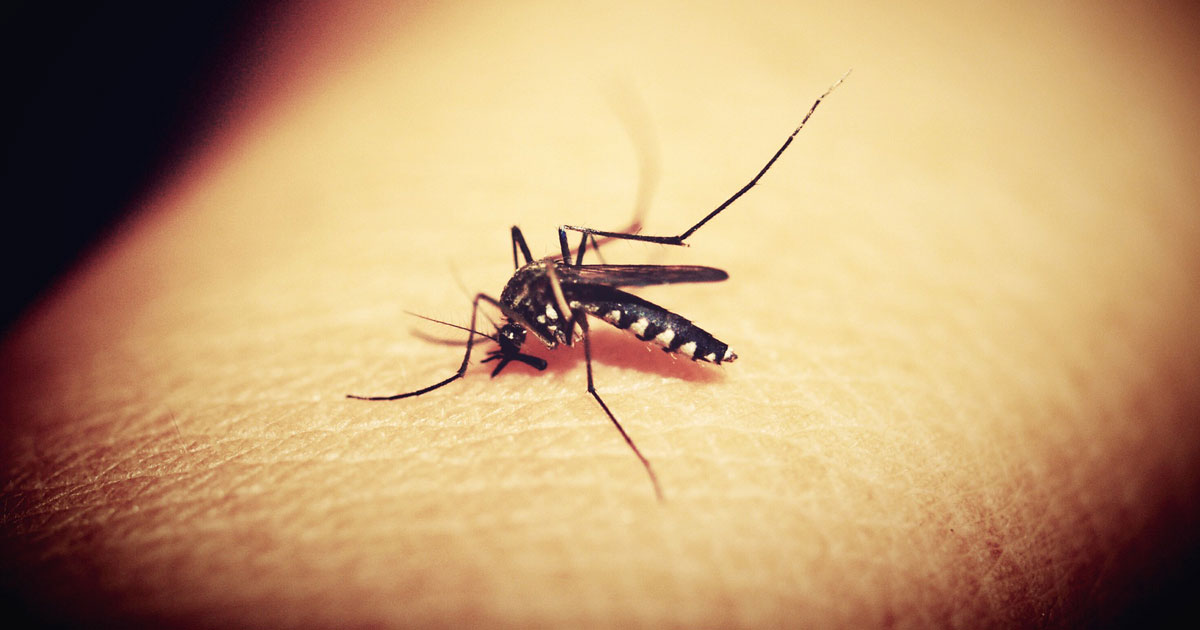- Who We Are
- Clinician Employment
- Publications
- Witness to Witness (W2W)
- Kugel & Zuroweste Health Justice Award
- Your Voice Matters: Photovoice Project
Wed, 05/24/2017 | by Edward Zuroweste


By Ed Zuroweste, MD, Co-Chief Medical Officer, Migrant Clinicians Network
A patient arrives at your office with high fever, joint and muscle pain, and a headache. He is a 54-year-old agricultural worker who recently moved to the area from Florida. Two weeks earlier, he visited his family in the Dominican Republic.
Now that mosquito and tick season are upon us, it is critical for clinicians serving agricultural and other outdoor workers around the country to take a detailed history to determine the differential diagnosis -- and the final diagnosis may not be one you’re expecting. Clinicians may be serving workers who have recently moved from or traveled to an area where a disease rare in your region is endemic.
While we don’t know if Zika will make the headlines this summer the way it did last year, we can expect a return of the virus, and possibly some spread of the virus further north. New research published in PLOS Neglected Tropical Diseases found that maximal transmission occurred in a range from 26–29°C, a cooler range than once thought. Consequently, the Aedes aegypti and Ae. albopictus mosquitoes may have a greater range than previously expected in the Midwest and parts of the East Coast. Over time, climate change may also play a factor in expanding the range of these mosquitoes as the northern latitudes continue to see warmer-than-average weather.
Of course, the Aedes aegypti and Ae. albopictus mosquitoes don’t just carry Zika -- they also are responsible for dengue and chikungunya, both of which are endemic to the countries from where most of the US’s immigrant agricultural workforce originates.
Dengue is a leading cause of illness and death in the tropics and subtropics, says the CDC. It is endemic throughout those warmer regions, and a look at the news cycle just in the last two weeks shows localized outbreaks declared in parts of Peru, Fiji, India, Vietnam, Kenya, and elsewhere. Cases of dengue in the US are usually limited to travelers or immigrants. Texas experienced an outbreak that originated in-state in 2005; Hawaii in 2001. As the mosquitoes that carry dengue, chikungunya, and Zika continue to spread and gain foothold in the southern US states, we may reasonably assume that isolated outbreaks may also occur in the future.
Chikungunya is not on every clinician’s radar, but it should be. In 2015, chikungunya virus disease became a nationally notifiable condition. Similarly to dengue and Zika, chikungunya is spread by Aedes aegypti and Ae. albopictus mosquitoes, and, yes, it, too causes fever, headache, joint pain, and nausea. In 2016, 170 cases of locally-acquired chikungunya from Puerto Rico were reported to the CDC; like dengue, most of the US mainland cases have been travel-related. Unlike dengue, an estimated three in four people who are infected with develop the disease. (In dengue, the rate is one in four.)
It is important to make a correct diagnosis. In the case of dengue, proper diagnosis is essential to avoid serious or fatal complications. The CDC has released a factsheet that includes diagnostic testing algorithms. MCN’s Zika Virus & Other Mosquito-Borne Illnesses page provides lots more information and resources for clinicians as well.
Like what you see? Amplify our collective voice with a contribution.
Got some good news to share? Send it to us via email, on Facebook, or on Twitter.
Return to the main blog page or sign up for blog updates here.







